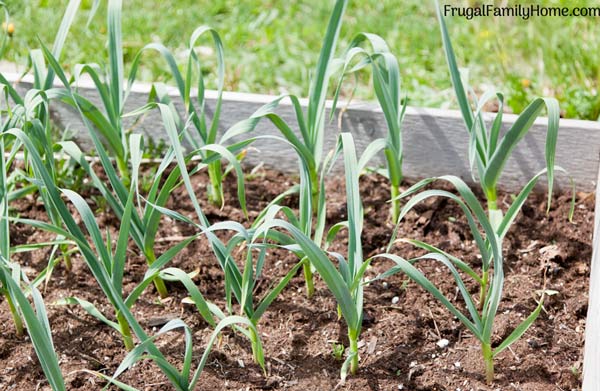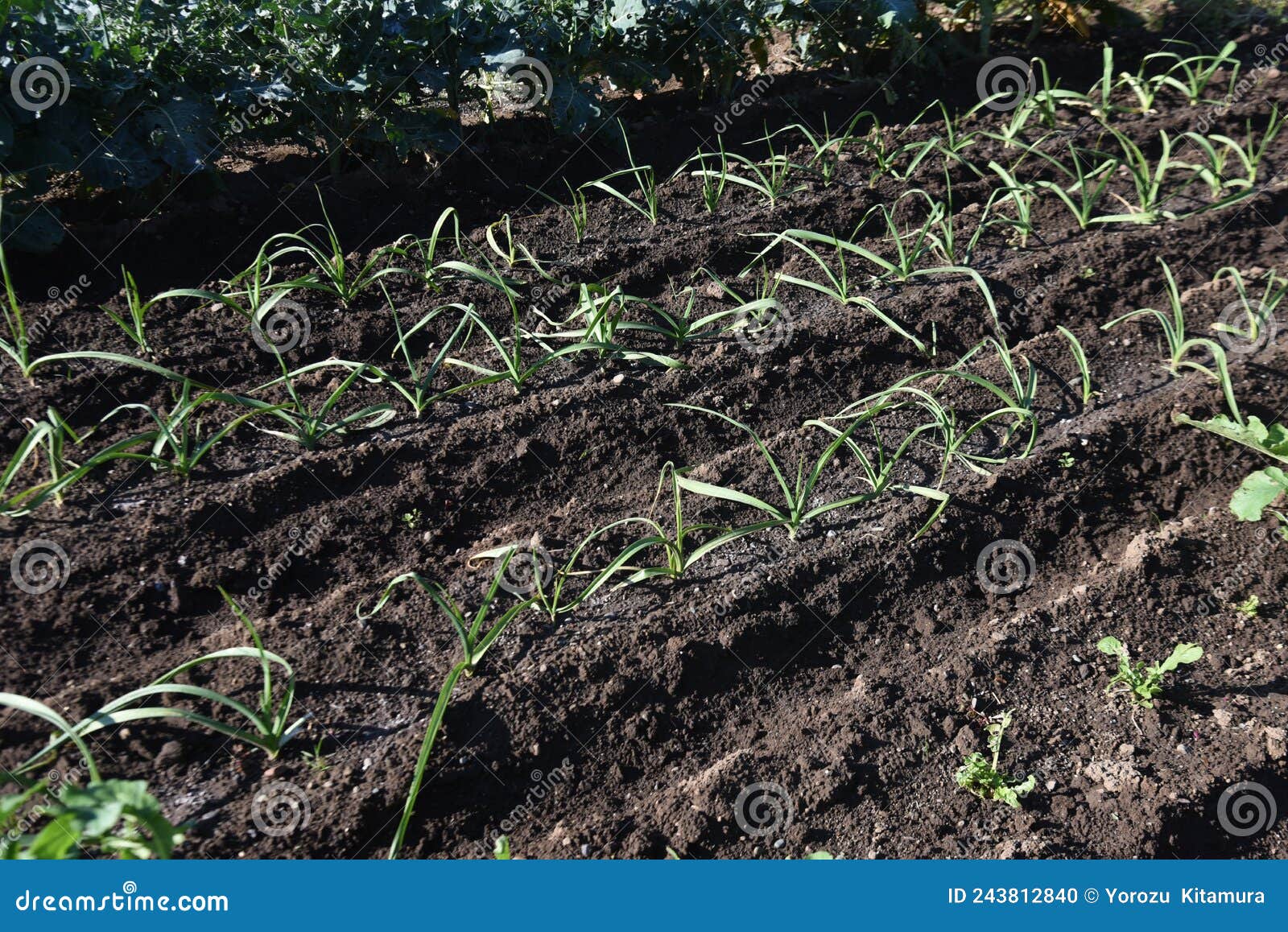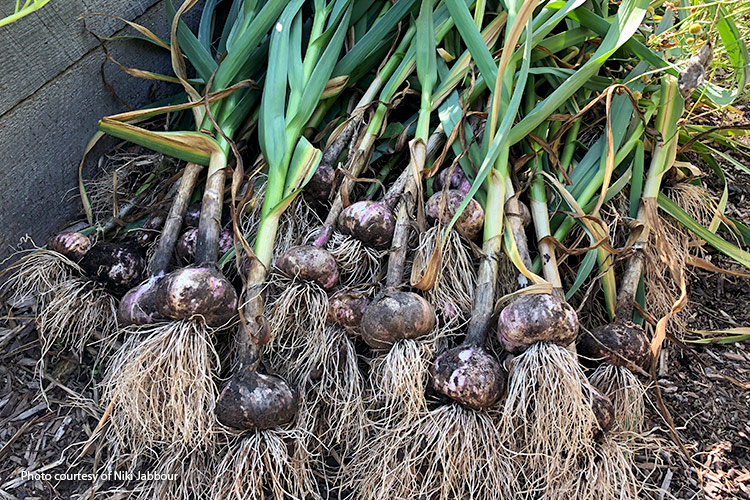How to Grow Garlic in a Backyard Garden: Easy Steps for a Bountiful Harvest

Imagine transforming your backyard into a fragrant, green oasis that not only looks beautiful but also provides you with a staple ingredient for your kitchen. Growing garlic in your backyard garden is like planting tiny treasure chests that, with a little care and patience, will reward you with a bounty of flavorful cloves. Let's embark on this culinary adventure together and explore the simple steps to successful garlic cultivation.
Why Grow Garlic in Your Backyard?
Garlic is not just a flavorful addition to your meals; it's also incredibly easy to grow. Whether you're a seasoned gardener or a novice, garlic planting is a rewarding experience. Plus, homegrown garlic is fresher and often more flavorful than store-bought varieties. So, why not give it a try?
Understanding Garlic Varieties
Before we dive into the planting process, it's essential to understand the different types of garlic. Garlic is broadly categorized into two main types: softneck and hardneck.
- Softneck Garlic: This variety is commonly found in grocery stores. It has a milder flavor and stores well. Softneck garlic does not produce a flower stalk, making it easier to braid and store.
- Hardneck Garlic: This type is known for its strong flavor and is often preferred by chefs. Hardneck garlic produces a flower stalk, known as a scape, which can be harvested and used in cooking.
When to Plant Garlic
The best time to plant garlic is in the fall, typically between September and November, depending on your climate. Garlic requires a period of cold weather to develop properly. This process, known as vernalization, ensures that the garlic bulbs will divide into cloves.
How to Grow Garlic in a Backyard Garden: Step-by-Step Guide
Step 1: Choose the Right Location
Garlic thrives in well-drained soil with plenty of sunlight. Choose a spot in your backyard that gets at least 6-8 hours of sunlight daily. Avoid areas prone to waterlogging, as garlic does not tolerate excessive moisture.
Step 2: Prepare the Soil
Garlic prefers loose, well-drained soil rich in organic matter. Before planting, amend the soil with compost or well-rotted manure. Ensure the soil pH is between 6.0 and 7.0 for optimal growth.
Step 3: Select Healthy Garlic Cloves
Purchase garlic bulbs from a reputable nursery or garden center. Avoid using grocery store garlic, as it may not be suitable for planting. Choose large, healthy cloves for planting, as they tend to produce larger bulbs.
Step 4: Plant the Garlic Cloves
Plant garlic cloves about 2-3 inches deep and 4-6 inches apart in rows that are 12-18 inches apart. Place the cloves with the pointed end up and the flat end down. Cover the cloves with soil and water them gently.

Step 5: Mulch and Water
Apply a layer of organic mulch, such as straw or shredded leaves, around the garlic plants. Mulching helps retain moisture, suppress weeds, and regulate soil temperature. Water the garlic plants regularly, ensuring the soil remains consistently moist but not waterlogged.
Step 6: Fertilize the Garlic Plants
Garlic benefits from regular fertilization. Apply a balanced, slow-release fertilizer or a side dressing of compost in the spring when the plants begin to grow. Avoid over-fertilizing, as excessive nitrogen can lead to lush foliage at the expense of bulb development.
Step 7: Harvest the Garlic
Garlic is typically ready to harvest in late spring or early summer, depending on your climate. The leaves will begin to turn yellow and bend over, indicating that the bulbs are mature. Carefully dig up the garlic bulbs using a garden fork, taking care not to damage them.
Step 8: Cure the Garlic
After harvesting, cure the garlic by hanging the bulbs in a cool, dry, well-ventilated area for about 2-3 weeks. Curing helps to extend the storage life of the garlic. Once cured, store the garlic in a cool, dark place with good air circulation.
Growing Garlic Tips for Success
- Rotate Crops: To prevent disease and pests, rotate your garlic crop with other vegetables. Avoid planting garlic in the same spot year after year.
- Monitor for Pests and Diseases: Keep an eye out for common garlic pests, such as onion maggots and thrips. Regularly inspect your plants for signs of disease, such as yellowing leaves or stunted growth.
- Water Consistently: Garlic requires consistent moisture, especially during the early stages of growth. Ensure the soil remains evenly moist but not waterlogged.
The Joy of Backyard Garlic
Growing garlic in your backyard garden is a rewarding experience that not only beautifies your outdoor space but also provides you with a fresh, flavorful ingredient for your kitchen. With a little care and attention, you can enjoy a bountiful harvest of homegrown garlic that will elevate your culinary creations.
Conclusion
Growing garlic in your backyard garden is a simple and rewarding endeavor. By following these easy steps, you can transform your outdoor space into a fragrant oasis that provides you with a staple ingredient for your kitchen. From choosing the right location and preparing the soil to planting, caring for, and harvesting your garlic, each step brings you closer to a bountiful harvest. So, why not give it a try and experience the joy of backyard garlic cultivation?

FAQs
Can I plant garlic in the spring?
- While fall is the ideal time to plant garlic, you can also plant it in the spring. However, spring-planted garlic may not produce as large bulbs as fall-planted garlic.
How long does it take for garlic to grow?
- Garlic typically takes about 9 months to mature from planting to harvest. The exact time can vary depending on your climate and the variety of garlic you are growing.
What is the best way to store garlic?
- Store garlic in a cool, dark place with good air circulation. Avoid storing garlic in the refrigerator, as it can cause the cloves to sprout.
Can I use grocery store garlic for planting?
- While it is possible to use grocery store garlic for planting, it is not recommended. Grocery store garlic may have been treated to prevent sprouting and may not be suitable for growing.
How do I know when garlic is ready to harvest?
- Garlic is ready to harvest when the leaves begin to turn yellow and bend over. This typically occurs in late spring or early summer, depending on your climate.
By following these steps and tips, you can successfully grow garlic in your backyard garden and enjoy the fruits of your labor. Happy gardening!
0 Response to "How to Grow Garlic in a Backyard Garden: Easy Steps for a Bountiful Harvest"
Post a Comment